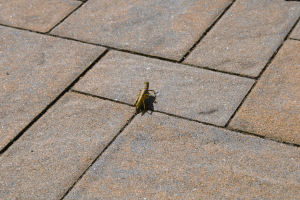
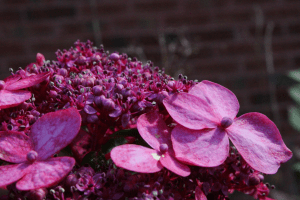
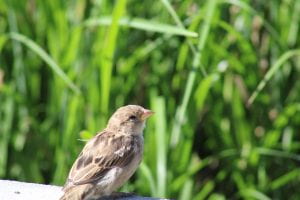
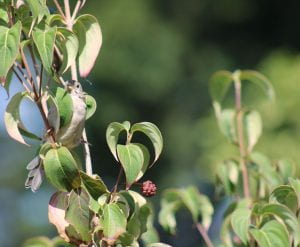
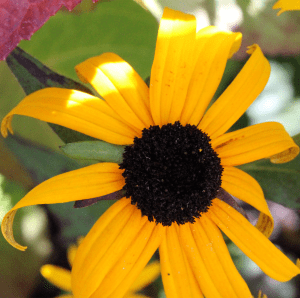
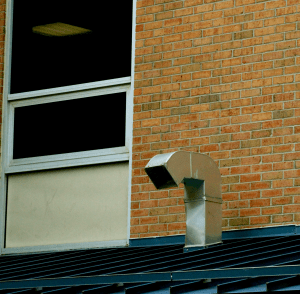
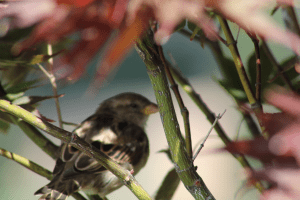
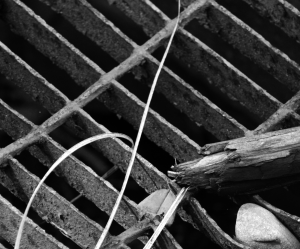
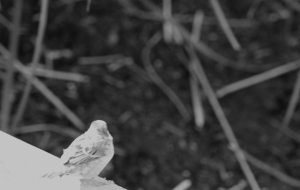
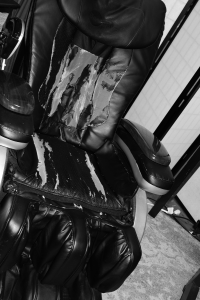
Reflection Questions
I feel like I have strengths of getting good angles and being in the right place at the right time to get good photos. But where I think I lack is in variety and making good use of my time. But overall my strength outweigh the weakness I have making my photos look good.
Text photo shoot I will try to move faster to allow both me and my partner to get a good variety of quality photos. Another way I will try and improve is taking more photos that capture movement and flow. Similar to movement I also want to take greater advantage of depth of view and blur in my photos.
In the photo organic shape I hoped to convey many emotions and get the viewer to think about nature. I really wanted to convey the beauty of nature and the complex details o the sparrow a common bird and what the world might look like through its eyes.
I would like to further explore the organic shape element of art in future photograph shoots. This is because I love nature and biology. The organic shape allows me to photograph things like birds, rabbits, insects in attempt to capture the amazing chaos of nature.
I want to experiment with exposure time with will help with my desire to capture photos that show movement. Another thing I want to experiment with is lighting both inside and outside to highlight different aspects of my photos. Finally I want to experiment with the different settings on the camera and see how they affect my photos.
The natural lines picture because it focuses on the lines more than the bird. Another photo that I like is the color picture because in a small way it blends in with the wall in the background. Form, because there is too much space in the background dragging my attention away from the main point. Close up use the FILL THE FRAME composition because it zooms in and focuses on one main point.
My two favorite photos are the ones about color and geometric shape. The color picture highlights the bright color of the pink flower. The geometric picture shows the geometry of the building well. One photo that could be better is the texture picture. It is a good picture but it does not show the texture of the picture as well as it could. The composition technique used in form is centering the dominant eye. The grasshopper is right in the center of the photo which makes the focus of the photo very clear.
Your photos that highlight color and organic shape are your best ones in my opinion. The pink in the color photo makes the atmosphere and setting seem almost surreal. In addition, I believe I like the organic shape photo so much because you’re able to capture a bird naturally, not forced or planted, and that’s what makes the photo so good. The close up photo also has really great composition in that you centered the dominant eye. I think that’s a true testament to your ability as a photographer that you were able to do this, despite flowers not actually having “eyes,” but making it seem that way in the way you configured your photo. One photo that can be better is the texture one. I think many of your photos are taken at really great angles which really enhance them, but this one in particular, isn’t taken at the best one. Looking forward to your next post!
My favorite photo from Noel’s post is the organic shape photo, it looks professionally done and there’s so much about the photo that is appealing to the eye. The other photo from the blog that I like is the color photo, the flower is very vibrant and eye pleasing and the flower’s shadows give it even more depth. The photo that I think could be better is the texture photo, although the texture of the chair is definitely meaningful I feel that the photo could have possibly been taken from a better angle and the background wasn’t very aesthetically pleasing. One photo that caught my eye was the natural lines photo, which clearly uses the rule of thirds because the bird is the subject of the photo and lies on the intersection of the imaginary lines.